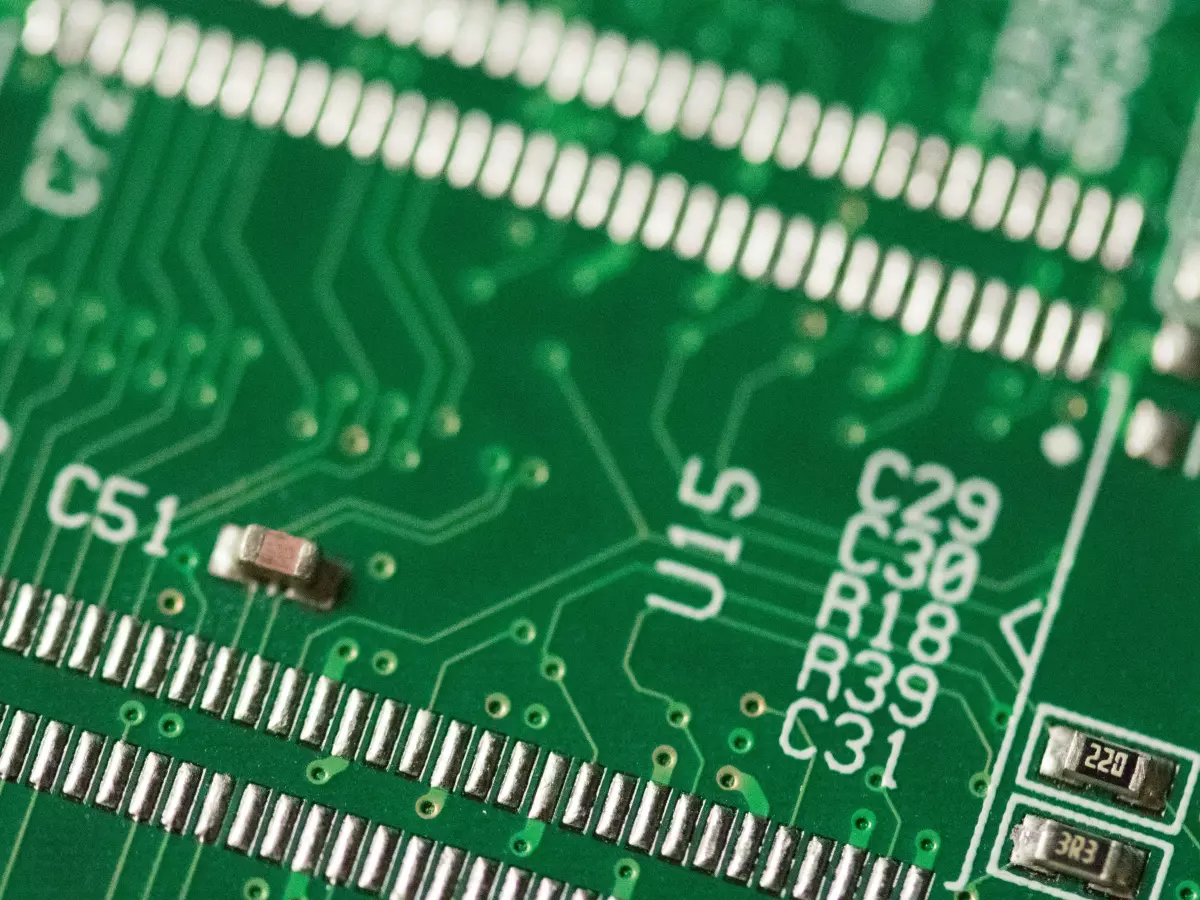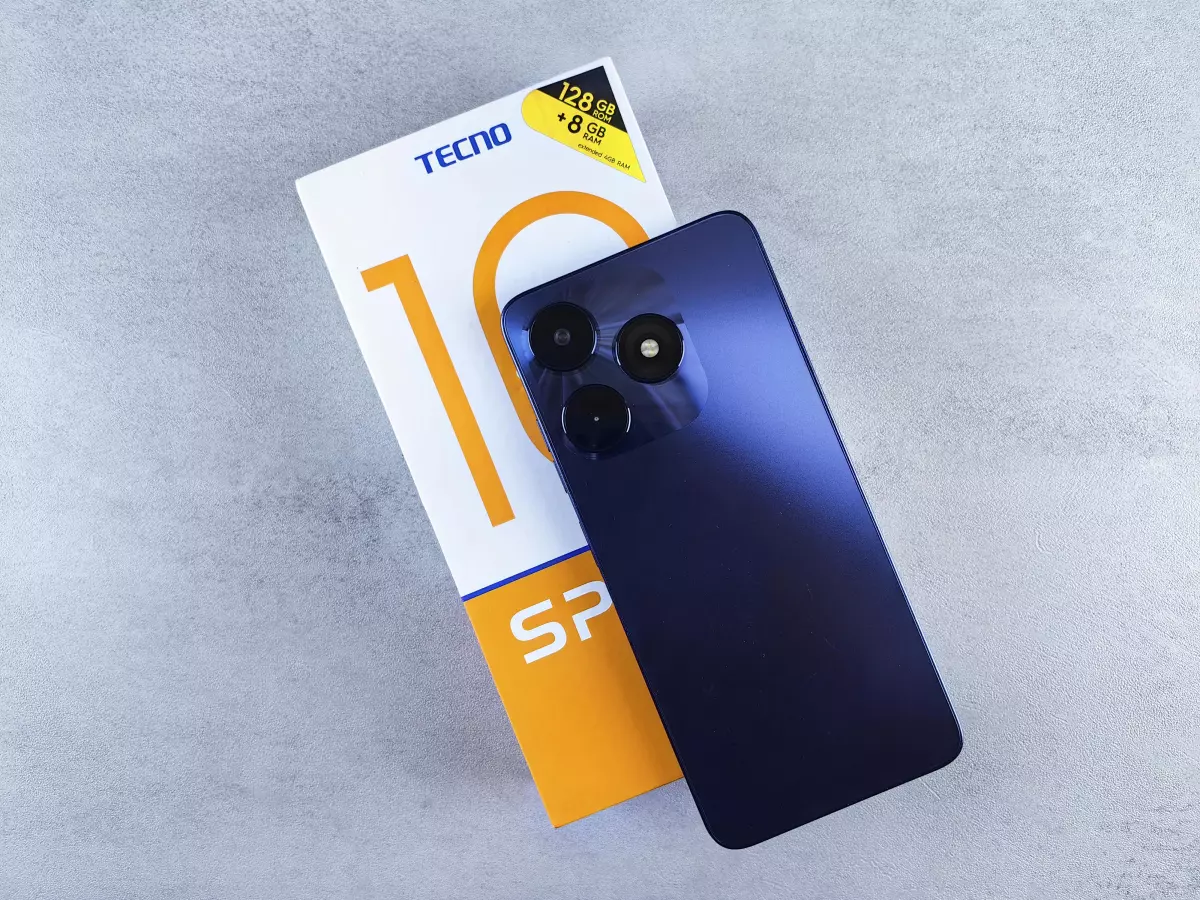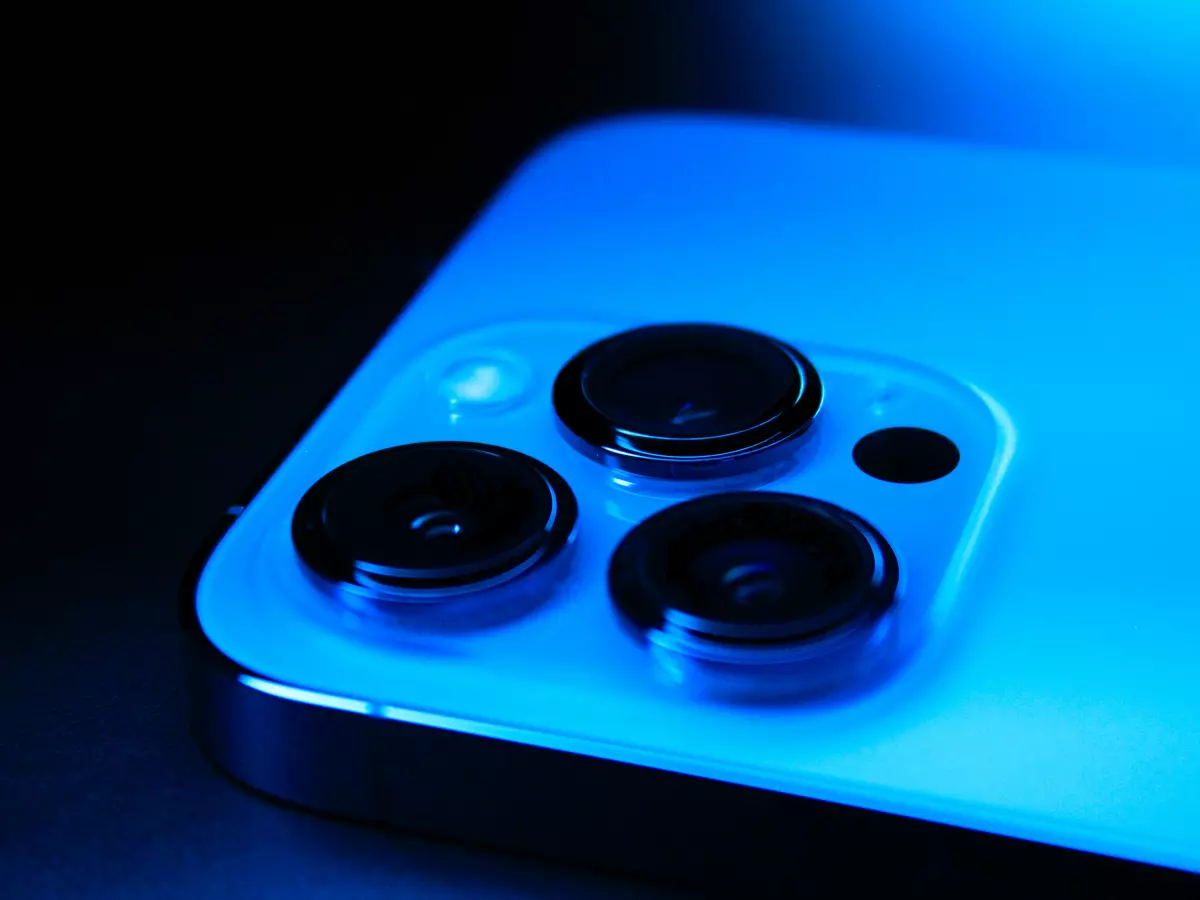Small but Mighty
Ever wondered how your smartphone's tiny speakers can fill a room with sound? It's time to dive into the tech behind these little powerhouses and discover why they matter.

By Mia Johnson
Let’s take a trip down memory lane. Remember the early days of mobile phones? Back then, the idea of using your phone as a portable speaker was laughable. We had those tinny, crackling sounds that barely passed for ringtones, let alone music. Fast forward to today, and smartphones are mini sound systems capable of blasting your favorite tunes, podcasts, and even movie soundtracks with clarity and depth. So, what changed?
In the early 2000s, mobile phone speakers were primarily designed for voice calls. The focus was on compressing sound to ensure speech was intelligible, not on delivering high-quality audio. But as smartphones evolved into multimedia hubs, the demand for better sound quality skyrocketed. Suddenly, people wanted their phones to do more than just make calls—they wanted to stream music, watch videos, and play games with immersive sound. And that’s when things got interesting.
The Evolution of Smartphone Speakers
Today’s smartphone speakers are a far cry from their ancestors. Modern devices are equipped with sophisticated audio systems that rival some standalone speakers. But how exactly do they work? It all comes down to a combination of hardware and software working in perfect harmony.
First, let’s talk hardware. Smartphone speakers are typically made up of a diaphragm, a voice coil, and a magnet. When an electrical signal passes through the voice coil, it creates a magnetic field that interacts with the magnet. This causes the diaphragm to move, producing sound waves. Simple, right? Well, not exactly.
The challenge with smartphone speakers is their size. There’s only so much space inside a phone, and manufacturers have to squeeze in a lot of components—processors, batteries, cameras, and more. That leaves very little room for speakers. But here’s where the magic happens: engineers have found ways to make the most of that limited space by using advanced materials and clever design techniques.
For example, many smartphones now use piezoelectric speakers, which are incredibly thin and efficient. These speakers use materials that vibrate when an electric current is applied, allowing them to produce sound without taking up much space. Some devices even use the phone’s entire body as a resonator, amplifying the sound and making it seem louder than it actually is.
Software: The Secret Sauce
But hardware is only half the story. The real magic happens when you combine it with software. Modern smartphones use advanced algorithms to optimize sound quality in real-time. These algorithms analyze the audio signal and adjust the speaker’s output to ensure the best possible sound, whether you’re listening to music, watching a movie, or taking a call.
One of the key technologies behind this is digital signal processing (DSP). DSP allows smartphones to enhance sound quality by reducing noise, boosting bass, and balancing frequencies. It’s the reason why your phone’s speakers can deliver rich, full-bodied sound even though they’re tiny.
Another important factor is stereo sound. Many high-end smartphones now come with dual speakers, one at the top and one at the bottom of the device. This creates a stereo effect, making the sound feel more immersive. Some devices even use software to simulate surround sound, giving you a theater-like experience from the palm of your hand.
Why Bass is a Big Deal
Let’s talk about bass. It’s the one thing that smartphone speakers have traditionally struggled with. Bass requires a lot of air movement, and small speakers just don’t have the physical space to move enough air. But that doesn’t mean you’re stuck with tinny sound.
Manufacturers have come up with some clever tricks to boost bass without increasing the size of the speakers. One technique is to use passive radiators, which are small, unpowered diaphragms that vibrate in response to the speaker’s movement. This helps to amplify low-frequency sounds, giving the impression of deeper bass.
Another trick is to use software to enhance bass frequencies. By analyzing the audio signal and boosting certain frequencies, smartphones can create the illusion of more bass than is actually there. It’s not perfect, but it’s a huge improvement over the days of tinny, bass-less sound.
Waterproof Speakers: A Game Changer
One of the biggest innovations in recent years has been the development of waterproof smartphone speakers. As smartphones have become more durable, manufacturers have had to find ways to protect the speakers from water damage without sacrificing sound quality.
Waterproofing a speaker is no easy task. Speakers need to move air to produce sound, but they also need to be sealed to keep water out. To solve this problem, manufacturers use special membranes that allow air to pass through but block water. These membranes are incredibly thin and flexible, allowing the speaker to vibrate freely while keeping moisture at bay.
Some devices even use software to detect when water has entered the speaker and automatically adjust the sound output to compensate. This ensures that your music still sounds great, even if your phone takes an unexpected dip in the pool.
What’s Next for Smartphone Speakers?
So, what does the future hold for smartphone speakers? One exciting development is the use of bone conduction technology. Instead of using traditional speakers, bone conduction transmits sound through your skull, allowing you to hear audio without blocking your ears. This technology is already being used in some specialized devices, and it could eventually make its way into mainstream smartphones.
Another possibility is the use of AI to further enhance sound quality. AI algorithms could analyze your listening habits and automatically adjust the sound to suit your preferences. For example, if you tend to listen to a lot of bass-heavy music, your phone could boost the bass frequencies without you even realizing it.
Whatever the future holds, one thing is clear: smartphone speakers are only going to get better. As technology continues to evolve, we can expect even more powerful, immersive sound from our devices. And who knows? Maybe one day, your smartphone will be able to replace your home sound system entirely.
Final Thoughts
Smartphone speakers may be small, but they pack a serious punch. Thanks to a combination of cutting-edge hardware and software, these tiny devices can deliver sound that’s loud, clear, and surprisingly rich. So, the next time you’re jamming out to your favorite playlist or watching a movie on your phone, take a moment to appreciate the engineering marvel in your hands. It’s a lot more impressive than it looks.





